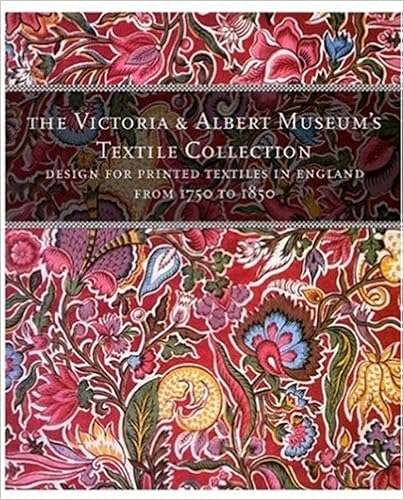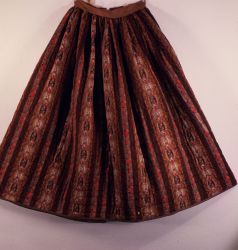Strawberry Ice Cream from Miss Leslie's Complete Cookery (1851). Page 325.
 |
| Molded strawberry ice cream, ready to serve. |
The ingredients were straightforward: strawberries, sugar, and cream. I ended up wringing the strawberries through a cloth to extract the juice--a scant 2 cups from 1 quart of berries, after standing 1.5 hours with the sugar. Then, it was simply a matter of stirring in the cream and freezing it. I halved the receipt, and ended up with enough cream to fill one 4-cup mold and nearly fill a second.
Not having a proper ice cream freezer, I tried using a two-bowl set up with salt and ice in the outer basin and the cream mixture in the inner bowl. That proved ineffective, so I opted for the old standby of putting it in the modern freezer, and stirring at half-hour intervals. This worked moderately well, but the ice cream still didn't fully set until I left it overnight. At that point, it was a soft solid, so I stirred and froze it once more, then transferred it into the molds and let them set until needed.
I used hot water on the outside of the mold to loosen the ice cream: the short one worked easily, but the taller took several tries and came out a little more melted than anticipated. Both went back into the freezer for a half hour--I should have wiped off the excess a little sooner, as they were quite solid again in short order.
 |
| The second mold didn't come out so nicely. |
Update: I have now tried this recipe with blueberries (moderately succesful, though more fruit is needed to get a balanced flavor), and with vanilla (milk making up the extra liquid). Both times, a hand-cranked freezer was used, and it produced a very smooth ice cream. This is definitely a receipt to hang on to.







